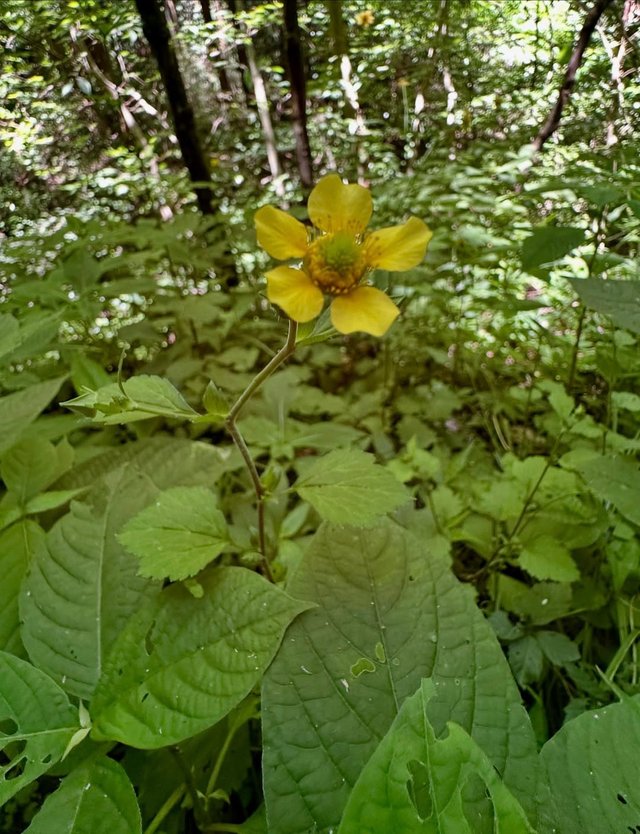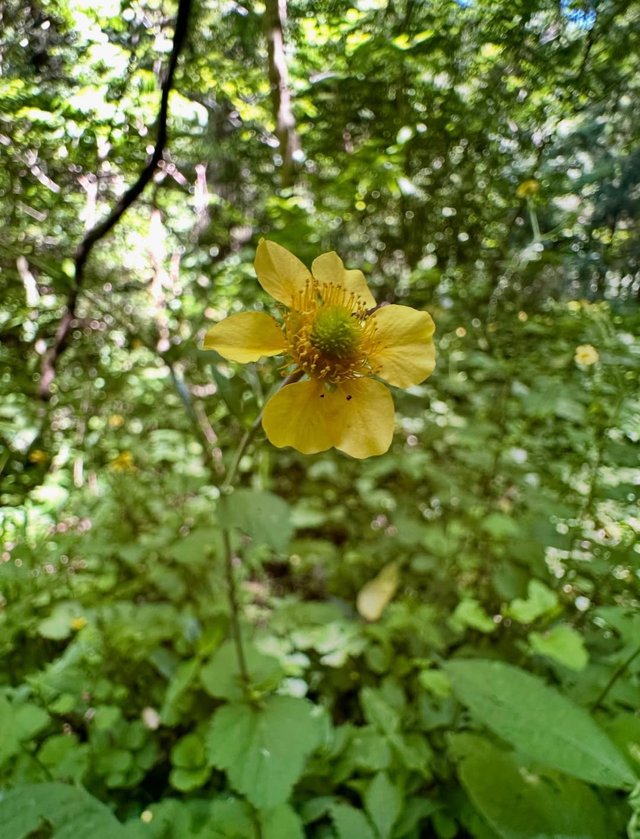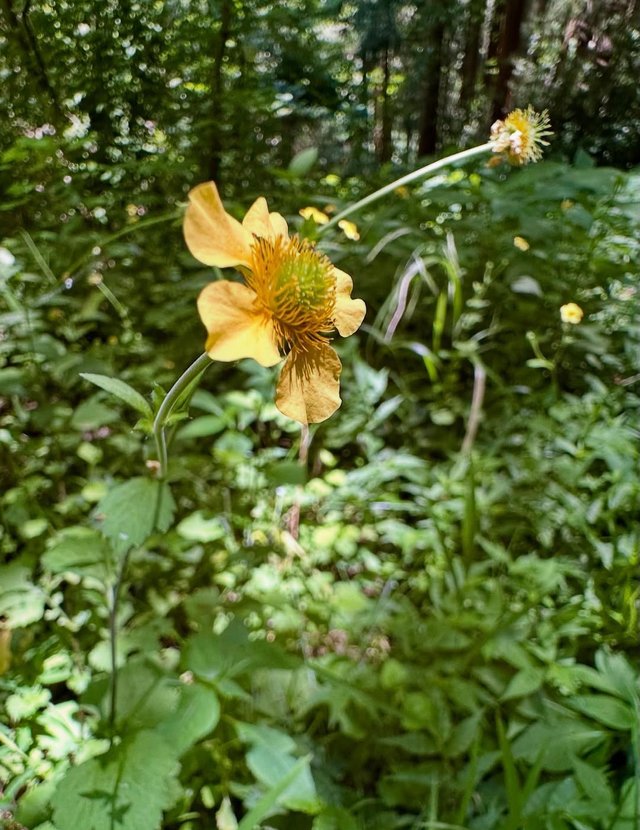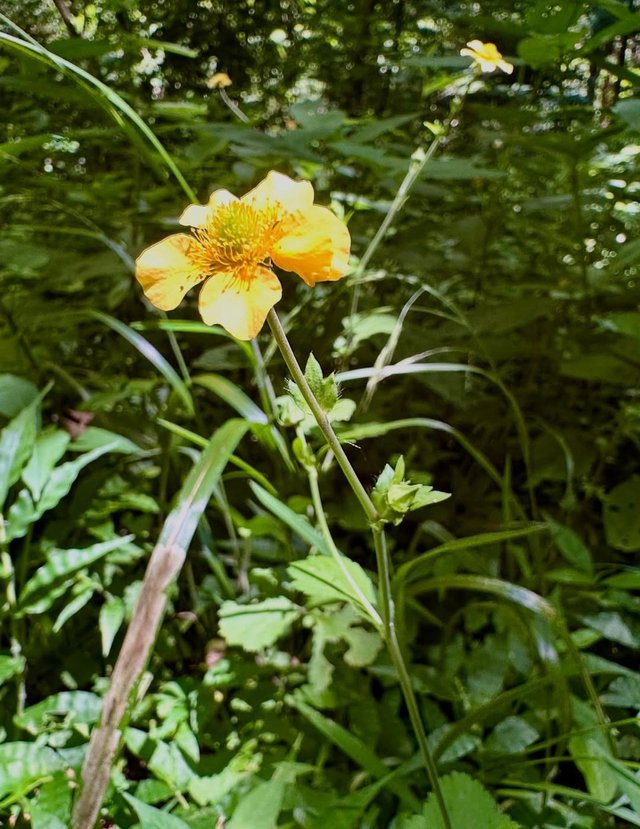Geum aleppicum
Among the often-overlooked wildflowers that grace temperate meadows and woodland edges, Geum aleppicum, commonly known as Yellow Avens, stands out with subtle charm and ecological value. This herbaceous perennial plant, part of the Rosaceae (rose) family, may not be as showy as garden roses or lilies, but it plays a crucial role in supporting biodiversity and ecosystem balance. Let’s take a deep dive into the world of this humble yet resilient species.
Geum aleppicum is often recognized by its vivid yellow flowers, typically about 2–3 cm in diameter. The blooms rise above pinnately compound leaves on slender, hairy stems. The leaves are lobed, slightly toothed, and have a somewhat wrinkled texture. As the flowering season progresses, the plant produces fuzzy, hook-like seed heads, which aid in dispersal by clinging to fur and clothing — an evolutionary trick similar to that of burdock.
Though not widely known in modern herbalism, some indigenous and traditional communities have used Geum species medicinally. Roots of some Geum plants contain tannins and were historically used to treat diarrhea, sore throats, and digestive issues. However, scientific studies specifically on Geum aleppicum remain limited, and self-medication is not advised without proper guidance.New botanists or casual observers might confuse Geum aleppicum with similar yellow-flowered members of the Rosaceae family, like Potentilla or even Ranunculus. Key distinguishing features include the unique leaf shape, the slightly nodding flower heads, and the post-bloom seed structures.



